|
Last weekend, I taught how to make wagashi at a birthday party for a 10 year old girl. Her request was to make a gudetama wagashi, so I tried to make one that would be easy enough for children to make. The hardest part was to make the facial expression and choosing the right materials to make them. I finally came out with a good idea on the night before. I will try to make a video on how to make it when I have time. (If I ever have time).
The party turned out to be a success and the girls seemed to enjoy making wagashi. It was fun for me too although this time it was quite a challenge. To learn more about cooking parties and workshop, please visit this page.
0 Comments
To further my studies, I took a 2 day Nerikiri Art Master Certified Instructor Course held by Japan Saloneze Association (JSA). This 12 hour course is open to Nerikiri Art Certified Instructors.
I learned how to use new tools such as Kashi Basami (Scissors for kashi (sweets) and sasara, and learned new techniques such as harikiri (cutting with needle point chopsticks. We also used other types of dough such as konashi, uiro, kanten, and yokan. I'm not sure how much I can implement his in my class but hopefully I will be able to conduct advanced courses in the future (after much practice) For More details on this course, please visit JSA's website. (Please select language to translate). At the moment, they don't have an English textbook but they may come out with one next year. Since I get a lot of queries on where to buy wagashi tools in Tokyo I've compiled a list of shops in the Kappabashi shopping district. Kappabashi is a street situated near Ueno Station which is on the east part of Tokyo. If you are not familiar with Kappabashi, its a street where you can buy anything related to cooking, from pots and pans to lanterns and signages for restaurant owners. So if you want to get the best knives or a nice pair of chopsticks, or a fancy lacquer dish in Japan here is the place. Just make sure you have plenty of time as you can easily spend the whole day here! Shops are open on weekdays from 9am to 5pm, Some shops will be closed on Saturdays and most shops will be closed on Sundays and Public holidays so it is advisable to go on weekdays. Location & Map Kappabashi can be accessed by foot from Tawaramachi Station on the Ginza Line or Asakusa Station on the Tsukuba Express Line. You can also walk from the Asakusa on the Toe Asakusa Line, but it may take about 15 minutes.  Asami Kashidouguten Asami Kashidouguten 1. Asami Kashidouguten Asami is a shop dedicated to only wagashi tools. This shop is at the entrance of Kappabashi street, across from Niimi, the symbol of Kappabashi (the giant chef that is on the rooftop of the building). Despite the small size of this shop, it carries a vast variety of tools from small wooden sticks to large machinery for factories. They also create their original tools and molds which can be ordered. Open 9-5 Mon-Fri. Website in Japanese 2. Flavor Land This is not actually a tool shop, but you can get any kind of food colorings or flavor essences you need to make wagashi. Open 9:30-5 Mon-Fri. Flavor land has relocated and is across the street now on the 3rd Floor. Please visit website for details of the new location (2023.Nov) Website in Japanese 3. Arai Shoten This shop carries not only wagashi tools but any tools related to sweets making. This is my favorite place to buy the tiny wagashi cutters. Open 9-5:30 Mon-Sat. 4. Majimaya Kashidouguten This was my favorite shop to buy cookie cutters as well as wagashi cutters, At the moment, they seem to be doing a major renovation (or it looks more like they are rebuilding) so the shop is very small and the selection is limited, but you can buy through their Online shop on Amazon and Rakuten. Open 9-5:30 Mon-Sat. Website in Japanese Online shop on rakuten Online shop on Amazon 5. Yoshida Kashidouguten This shop also carries wide range of sweets making tools. From molds to cutters for beginners professionals, you will likely find what you need here. Open 9-5:30 Mon-Fri. 6. Asai Shoten Although you may find wagashi tools here, their main products seems to be for western sweets. I would usually stop by to see if there are any good deals. Open 9-6 Mon-Sat. Website in Japanese Online Shop on Rakuten 7. Yokoyama This shop has been doing business since 1905, operating for over 100 years, they have a wide selection of wooden wagashi molds and tools. I usually buy my wagashi cutters here too. Open 9-5:30 Mon-Sat. Website: http://www.yokoyamacake.com/ There are other shops that carry wagashi tools that I haven't mentioned here, so do browse along the street and have fun treasure hunting!
For basic tools that you can buy online please visit this page. Yesterday, I attended a Shirotamari Workshop held by the CEO of Nitto Jozo to make Shirotamari. Shirotamari is the white color version of the tamari soy sauce. Strictly speaking you can't call Shirotamari a soy sauce as it doesn't contain any soy product.
Those of you who are gluten free may be aware of the Tamari soy sauce as it is a soy sauce that does not contain wheat flour. It is mainly produced in the Aichi prefecture where most of the production of soybean miso takes place. Tamari soy sauce was initially made by using the byproduct of soybean miso. The raw liquid that drips from cedar kegs during the fermentation process produces a puddle (tamari) and the miso makers found ways not to waste this liquid. It has a dark color with a thicker texture than the regular dark miso, which makes it great for dipping sashimi or basting rice crackers. On the other hand, Shirotamari is made by fermenting only wheat for a short period of time which makes it almost colorless. With the strong umami, it can be used in place of salt, but with a more complex flavor. Unlike the other soy sauces, this does not contain any soybeans which makes a great alternative to soy sauce if you are allergic to soybeans. The Shirotamari which we made during the workshop will be ready to use in 3 months time. I can't wait to use it for my Osetchi (New Years feast). To answer question regarding the tools I use for making wagashi and where to buy them in Japan, I'm going to introduce some shops online and off line. Hope they are helpful to you wagashi makers! I'll start of with the tools to make anko, the most important ingredient in wagashi. Making Anko Those of you who have ever made koshi-an (smooth bean paste) would know that you need two kinds of sieves to strain the pulp from the skin - a course one and a fine one. Ideally the course sieve should be 20-30 mesh and the fine one to be 50 -65 mesh. Mesh, refers to how many opening there are in a linear inch. so the greater the number is, the finer the sieve is. The fine sieve is used to make koshi-an (smooth bean paste) and the course one has other usages such as straining chestnuts and sweet potatoes. If you don't have space to store them both, you can get a detachable sieve together with the frame. I use the 24 cm frame, which is not too big and not too small. If you prefer go for the traditional wooden frame sieves you can get them online as well. They come in various sizes indicated as 寸(sun) one寸 is 3cm, so If it says 8寸, it means 24 cm. Just be careful to dry them completely before storing them as it may produce mold. You will be better off with the stainless steel sieves considering all the hassle. Another item that is useful for making anko is the bouzu nabe. It is translated into bald head pot as it resembles a hairless head, or a monk's head. This pot is great for cooking beans, kneading the paste and also for kneading mochi. The benefits of using this round bottom pot is that the flames are evenly distributed not just on the bottom but also on the sides which causes water circulation and makes the beans to cook faster and more evenly. It also prevents it from the bottom to burn as the spatula is more fitted around the curve. And yes, a silicone spatula also comes in handy when making anko. The bouzu nabe comes in various sizes, and I have one that is 21 cm in diameter which will cook up to 800g of bean paste (400g of dry beans). You can also get a 18 cm dia. which will cook up to 600gs of paste (300g of dry beans). Just remember that you may need to attach the wooden handle yourself (make sure the pot comes with the handle as some don't and you need to purchase them separately). As they are made out of Aluminum or Copper (this one is expensive), it does not work on induction heating. I've included the link to where you can get them online. I will also refer to where you can get it in shops in Tokyo in my next blog post. Frame for Sieves Detachable course sieve (20 mesh) Detachable fine sieve (65 mesh) Bouzu Nabe
Following last month's Nerikiri Basic Course, Another round was conducted this month with two participants. This course is great for those who would like to learn the basic techniques of Nerikiri Art. To learn more about this course together with other courses in my wagashi school, please check out this page. .My first Nerikiri Art Certified Instructor Course took place last week. This is a diploma course created by Japan Saloneze Association to teach you the various techniques used for making nerikiri wagashi. It was originally created for Japanese people but due to the popularity of nerikiri wagashi worldwide, it is now available for foreigners interested to learn. Textbook and Instructor manual has been translated into English. This course can be taken in 3 days. For further details on this course, please visit this page. Here are some photos of what we made for the rest of the course. As we did 2 classes a day, there were more that we can eat. In this course you will learn the popular dishes in Japanese cuisine. For more details please visit this page. Day 2 of the Intensive Cooking Course B consisted of 2 classes: Introduction to Japanese Cooking and Home Cooking. We started off with a Supermarket tour to show you about the Japanese ingredients that will be used in class including the essential condiments: Soy Sauce, Sake, Mirin and Miso.
The first class consists of a lecture on Japanese condiments, basics of Japanese cooking and food presentation based on the Ying-Yang and Wu-Xing principles. Then we go on to washing and cooking rice, making dashi (FIsh stock), and some dishes using dashi, including the dashi maki tamago (dashi flavored egg omelette), miso soup, ohitashi (vegetables marinaged in soy flavored dashi) and chawanmushi (savory egg custard) The second class will teach you how to make the multi-purpose sauce, and using the sauce, we made several dishes that are common in Japanese Home Cooking such as niku-jaga (stewed potatoes and meat) and goma ae (vegetables in sesame sauce) and teriyaki salmon. At the end, we made 10 dishes including the miso marinated fish that will be ready to eat in the next class. For more information on the Intensive Cooking Course, please visit this page. Another round of Intensive cooking course starts again. This time we started out with a visit to the Tsukiji Fish Market and Kappa Bashi Shopping Street. It was an extremely hot day but It's always so fascinating to go to the Tsukiji Fish Market. The inner market is open to visitors only from 11 am, so we couldn't really get to see too much but at least you can see how vast the place is and so much seafood sold in a day! Next time I will tell them I'm there to shop so we can get in earlier. After lunch, we headed for the Kappa Bashi Dougugai (Cooking Utensil Shopping Street). I usually come here to get the wagashi tools as you cannot get them anywhere else. This time I got a couple of sets of cooking chopsticks at Hashitou. For more information on the Intensive Cooking Course, pleas visit this page. |
AuthorI'm Miyuki and I teach Japanese Home cooking at my home in Tokyo. Archives
February 2021
Categories
All
|
service |
Information |
© COPYRIGHT 2015. ALL RIGHTS RESERVED.
|





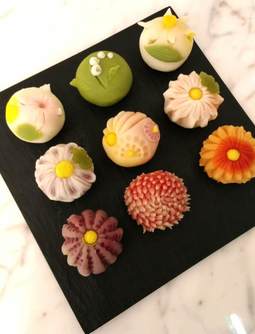


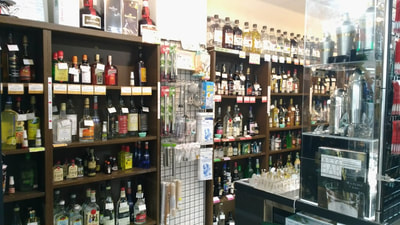
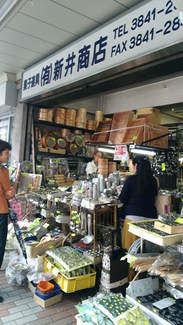

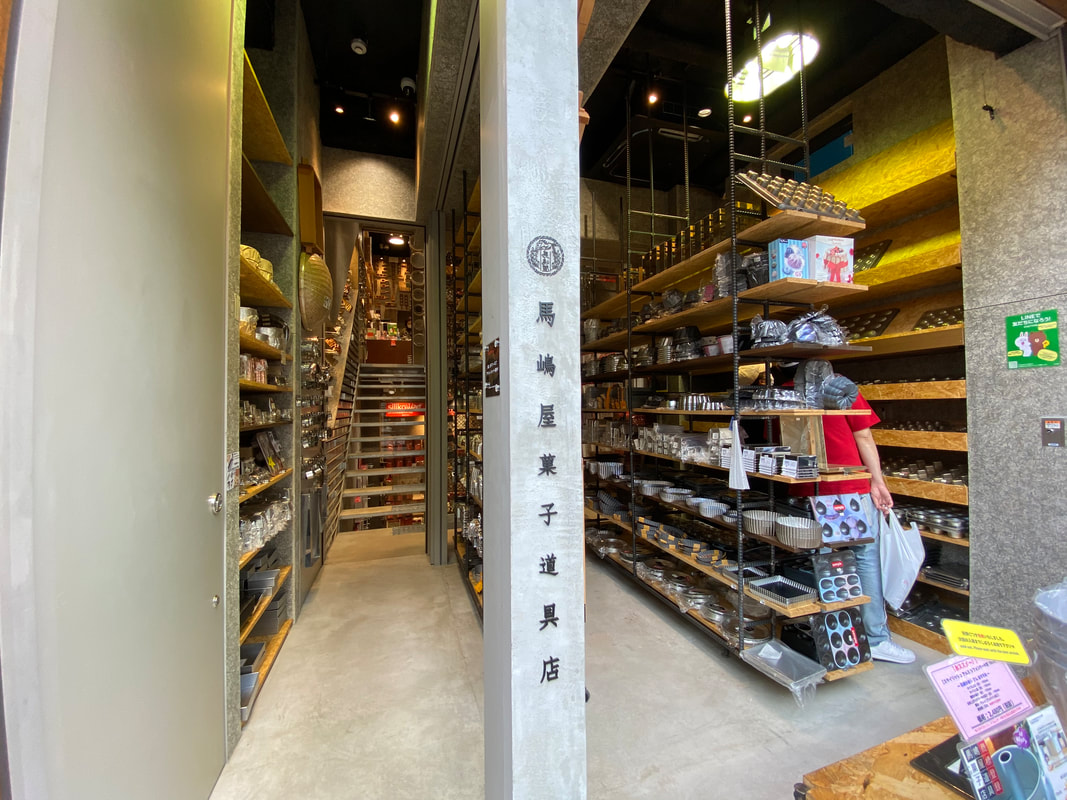
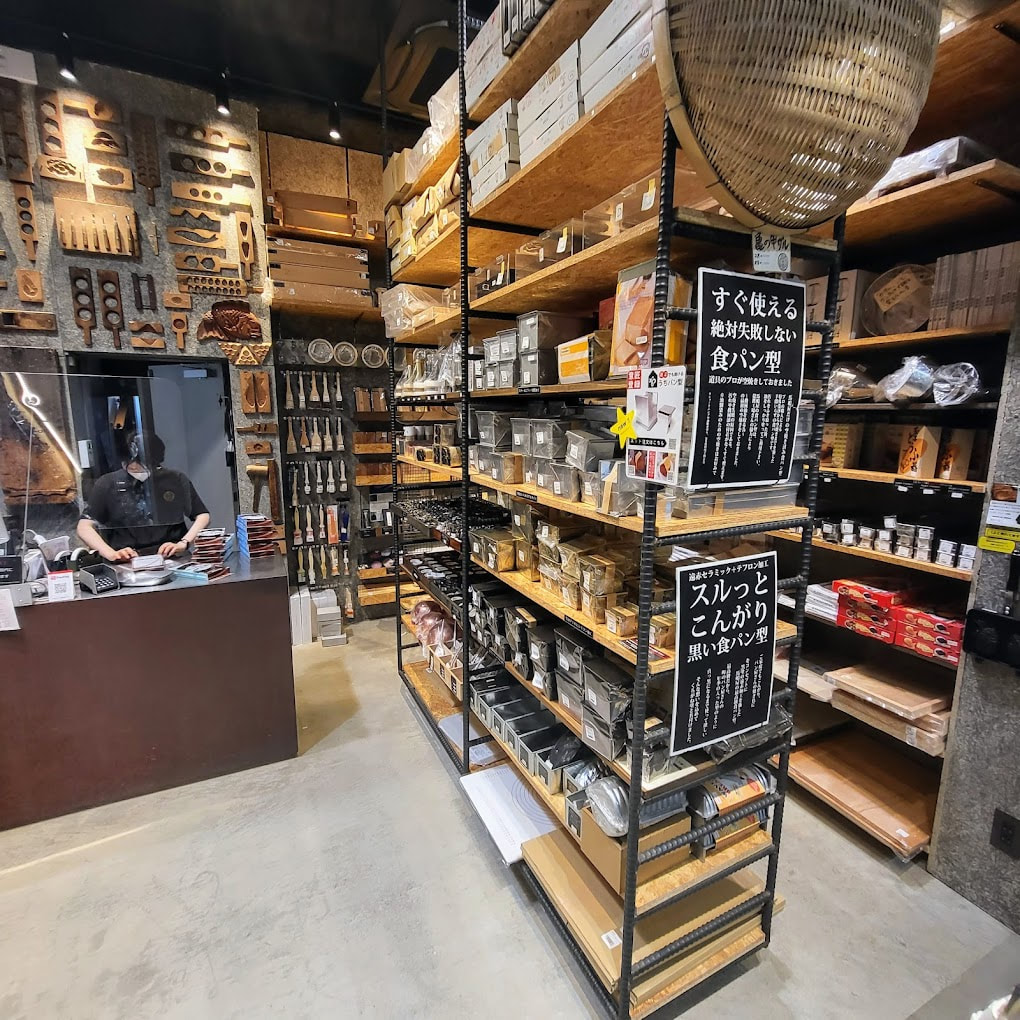

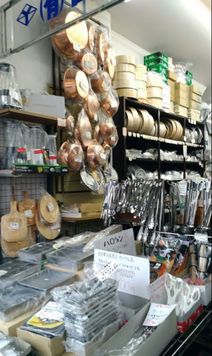



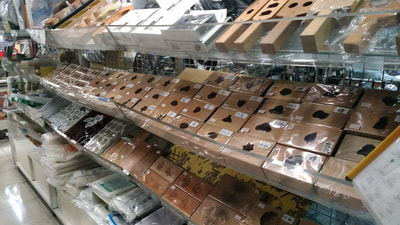

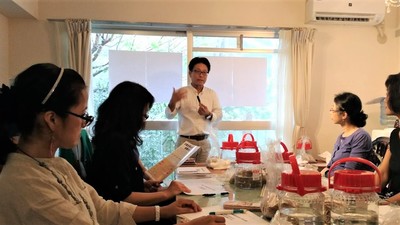



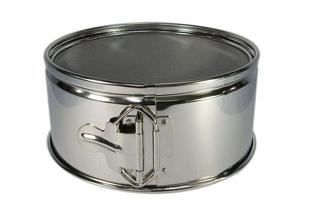


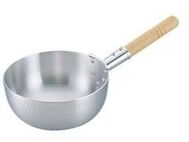
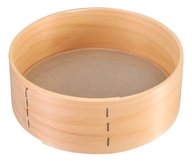
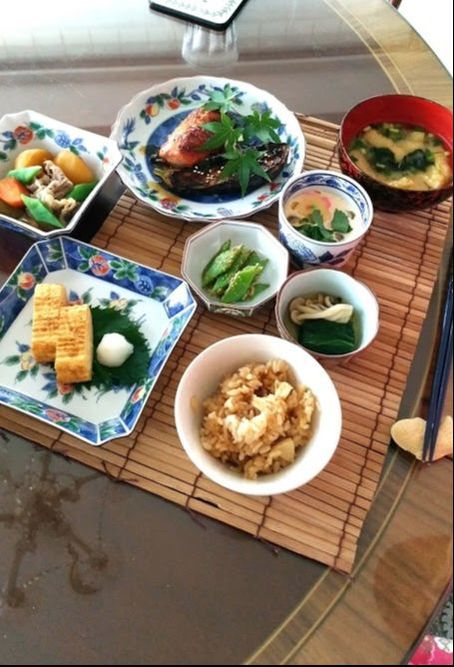






 RSS Feed
RSS Feed
